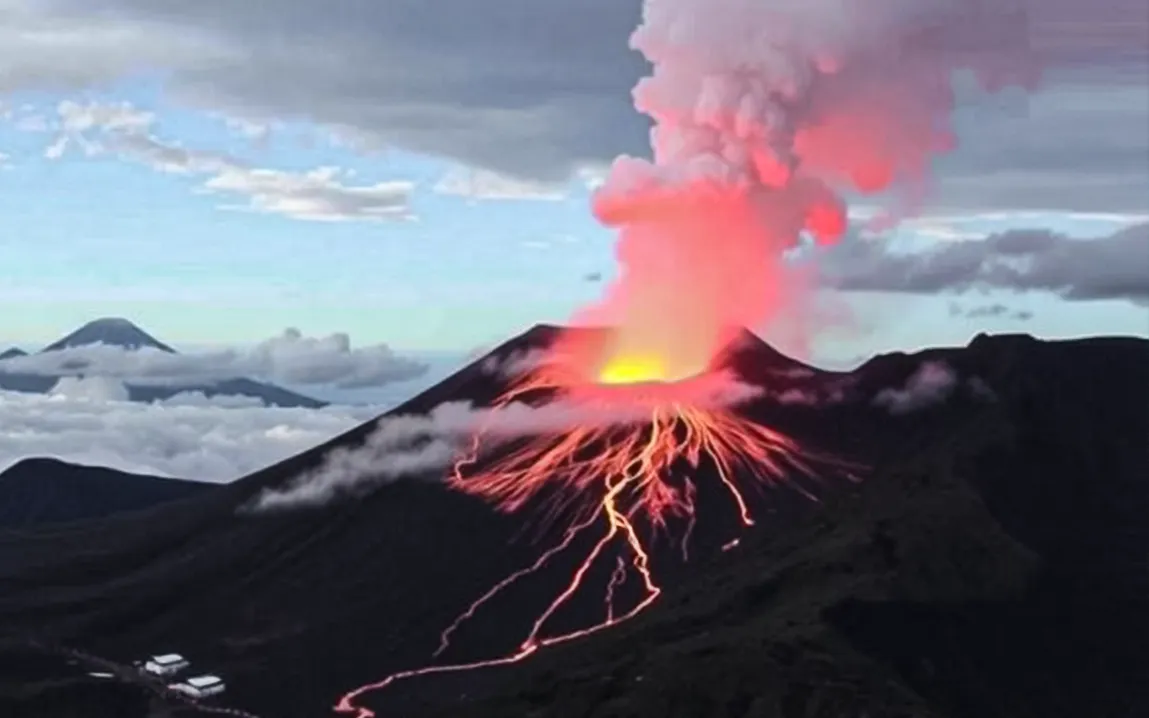When the Hunga Tonga–Hunga Haʻapai volcano erupted underwater near Tonga in 2022, scientists expected it to warm the planet. Instead, it had the opposite effect, it cooled the Southern Hemisphere by 0.1°C, according to a new study led by researchers at UCLA.
Why the Eruption Was Expected to Heat Things Up?
The eruption sent a massive plume of water vapor into the stratosphere, which worried climate experts. Water vapor is a greenhouse gas at high altitudes, which can trap heat and warm Earth’s surface.
But alongside the vapor, the volcano also released sulfur dioxide, which turned into tiny sulfate aerosols, which are the particles known to cool the planet by reflecting sunlight back into space. Scientists feared the water vapor would outweigh the cooling power of the aerosols.
But the Opposite Happened
The new study found that it got cooled instead, because the sulfate aerosols created by the eruption were about 50% smaller than usual, and smaller particles are better at scattering sunlight.
These aerosols bounced sunlight away more efficiently, leading to a slight but measurable cooling in the Southern Hemisphere in 2022 and 2023.
What Does This Mean for Geoengineering?
While the cooling is good news for the climate short-term, it also complicates ideas around geoengineering, the concept of cooling Earth artificially by releasing similar particles into the atmosphere.
“If we plan to use approaches that involve releasing sulfate aerosols into the stratosphere to reflect sunlight, we have to consider how other factors—such as water vapor and atmospheric mixing—could change the outcome,” said Ashok Gupta, the study’s lead author.
The study shows that the atmosphere is far more complex than we might think. The size of the particles, how they interact with ozone, and even how air mixes at different layers can all change the result.
A Wake-Up Call for Climate Experiments
The research team used satellite data to investigate how water vapor, aerosols, and ozone dispersed and influenced Earth’s energy balance following the eruption. Although cooling was detected in the south, there could have been a very minimal warming in the Northern Hemisphere, where water vapor stayed longer.
“This work highlights that geoengineering efforts can have multiple, potentially unforeseen consequences,” Gupta added. “It’s crucial to fully understand how the atmosphere works before trying to cool the planet on purpose.”



